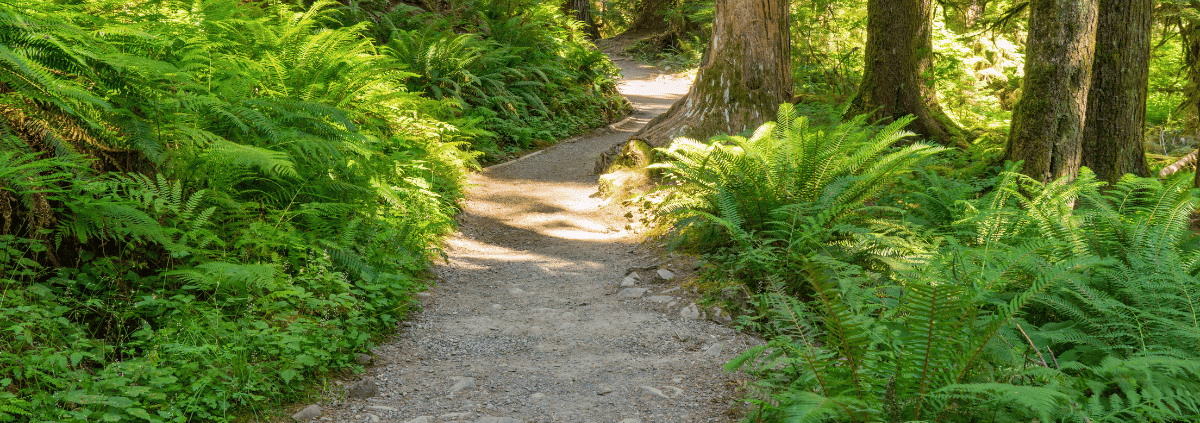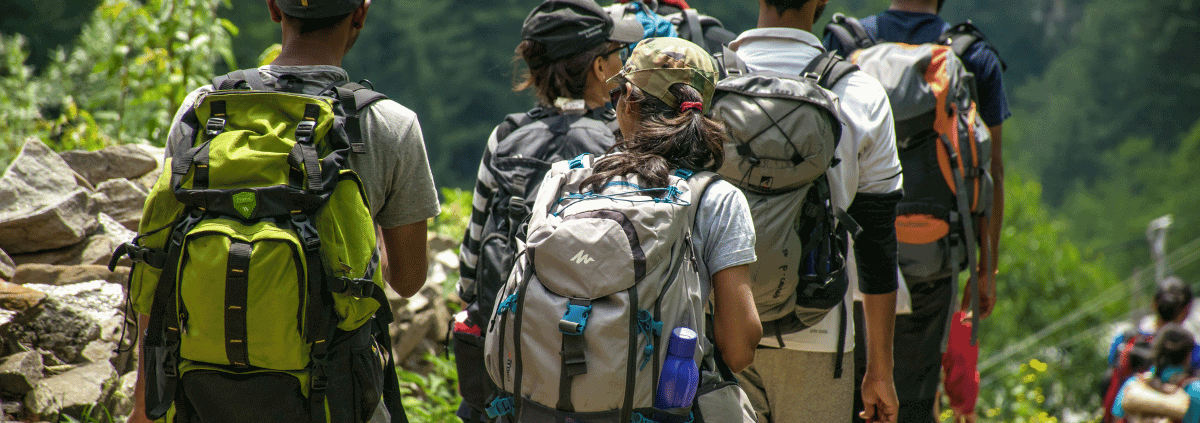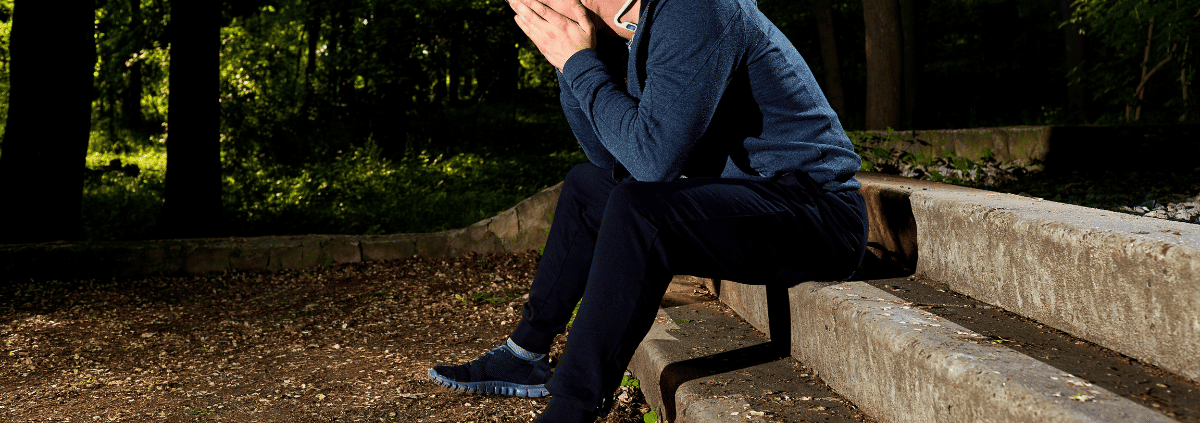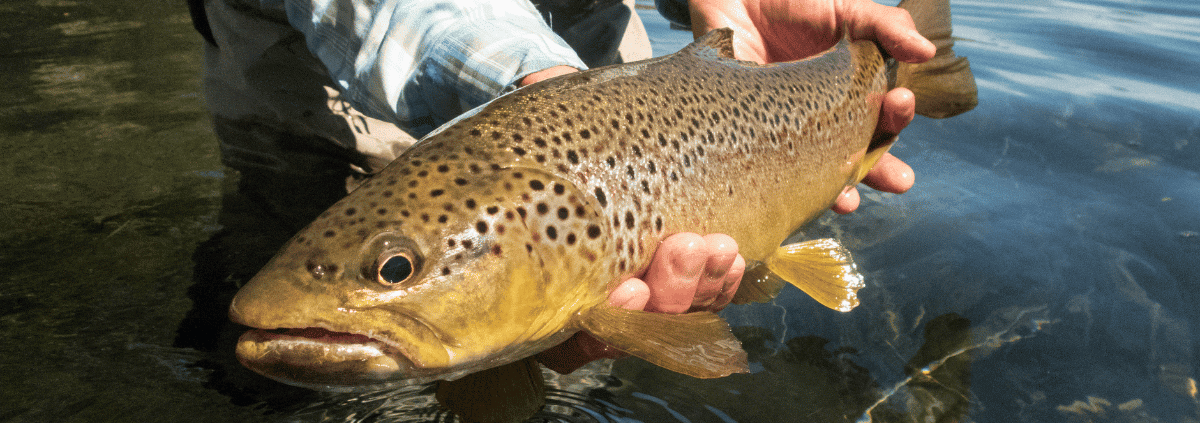So, your hiking boots are giving your poor toes a hard time, huh? It’s a real pain when your outdoor adventure turns into a toe torture session. But fear not! In this article, we’ll dive into the 7 possible reasons why those boots are causing you grief.
Whether you’re a trail expert or just getting started, understanding why your hiking boots are hurting your toes is key to getting back to enjoying the great outdoors. From finding the right fit to nailing your lacing technique, we’ve got you covered.
Say goodbye to toe woes and get ready to hit the trails with confidence. Let’s make sure those boots are working for you, not against you.
Key Takeaways
- Improper boot fit, both too big and too small, can cause toe pain while hiking.
- Incorrect lacing techniques can also contribute to toe pain.
- Sock issues, such as bunched socks or socks that are too big, can lead to discomfort.
- Carrying excessive weight can put extra pressure on the toes and cause pain.
Improper Boot Fit
If your hiking boots hurt your toes, improper boot fit could be the cause. Choosing the right hiking boot size is crucial for a comfortable hiking experience. Boots that are too big may cause your toes to slide and jam against the sidewalls, while boots that are too small can lead to overlapping toes and discomfort. Proper sizing allows for some wiggle room for your toes and about a finger-width space between your heel and the boot.
Additionally, the importance of proper lacing techniques for boot fit can’t be overstated. Improper lacing can cause pain regardless of the boot size. Utilizing techniques like the runners loop for boots that are too big and loosening laces for boots that are too small can make a significant difference in your comfort while hiking.
Incorrect Lacing Techniques
Lacing your hiking boots improperly can cause discomfort and pain, regardless of the boot size. Proper lacing techniques are crucial for preventing toe squishing and ensuring a comfortable fit.
If your boots are too big, try using a runner’s loop to keep your heel locked in place and prevent sliding. For boots that are too small, consider loosening the laces to allow more room for your feet.
While it may be tempting to skip eyelets for a quick fix, it’s not recommended for the long term as it can affect foot support. Watching videos for tutorials on proper lacing techniques can also be helpful.
Sock Issues
Why do bunched socks cause toe pain during hiking?
Sock bunching can create uncomfortable pressure points and lead to blisters on your toes, ruining your hiking experience.
Choosing the right hiking socks is crucial for preventing sock bunching and ensuring a comfortable fit. Look for socks specifically designed for hiking with proper padding and no seams. Brands like Darn Tough and Smartwool are highly recommended for their quality and performance.
Preventing sock bunching will help you enjoy your hike without the distraction of painful toes. So, invest in the right hiking socks and say goodbye to the agony of sock bunching during your outdoor adventures.
Carrying Excessive Weight
When carrying excessive weight during hiking, your toes can be subject to increased pressure and potential jamming in your boots. The impact of foot arch support on toe pain is crucial. Proper arch support can help distribute the weight more evenly, reducing the strain on your toes.
It’s also essential to compare toe box width in different hiking boot brands. A wider toe box can provide more room for your toes, reducing the likelihood of them being jammed or squished, especially when carrying a heavy load.
Choosing boots with adequate arch support and a spacious toe box can make a significant difference in alleviating toe pain while carrying excessive weight during your hikes.
Other Factors
Ensure proper toenail care to avoid potential discomfort and injury during your hikes, especially on challenging terrain.
- Long toenails can cause pain and potential cutting of other toes
- Hilly trails can cause feet to slide forward, even with properly fitting boots
- Trim toenails regularly during hiking season
It’s essential to keep your toenails trimmed to prevent them from digging into your toes, especially when navigating hilly terrain. Long toenails can lead to discomfort and even injury during your hikes, so make sure to trim them regularly.
Additionally, when hiking on hilly trails, your feet may slide forward, causing pressure and discomfort on your toes. Proper toenail care and well-fitted boots are crucial to prevent these issues.
Solutions for Hurting Toes
To alleviate toe pain from hiking boots, tighten laces to prevent slipping and jamming of toes. If your boots are too big, adding a second pair of socks can provide a better fit. Conversely, if your boots are too small, loosen the laces to allow more room for your feet to breathe. Consider re-lacing your boots using techniques like the runners loop or skipping eyelets, depending on the fit. Additionally, wearing proper hiking socks is crucial to prevent sock bunching and pressure points. Opt for hiking-specific socks with adequate padding and no seams. Below, find a table summarizing solutions for preventing toe pain and choosing the right hiking socks.
| Preventing Toe Pain | Choosing the Right Hiking Socks |
|---|---|
| Tighten laces | Opt for hiking-specific socks |
| Add a second pair of socks | Look for adequate padding |
| Loosen laces | Avoid seams and pressure points |
How Should Hiking Boots Fit
Your hiking boots should provide a snug, secure fit without feeling tight. When finding the right fit, keep in mind these emotional touchpoints:
Comfort is key: Your boots should feel comfortable from the get-go, with minimal discomfort during the breaking-in process.
Freedom of movement: Your toes should have ample wiggle room, preventing any feelings of constriction or tightness.
Confidence in every step: A secure heel and overall fit will give you the assurance you need to conquer any trail with ease.
Should My Hiking Boots Be Comfortable
Your hiking boots should provide comfort for long walks on the trails. They need to fit snugly without being tight, allowing some wiggle room for your toes and providing secure support for your heels. Initially, your boots may feel slightly uncomfortable, but breaking them in can improve comfort. When choosing hiking socks, opt for those made of moisture-wicking and breathable materials like merino wool or synthetic blends to keep your feet dry and comfortable. Here’s a helpful table to guide you in selecting the right hiking socks:
| Features | Description |
|---|---|
| Moisture-wicking | Keeps feet dry and reduces blisters |
| Breathable materials | Prevents overheating and discomfort |
| Padding and cushioning | Adds comfort and support |
| Seamless design | Reduces friction and hot spots |
| Proper length | Ensures coverage and prevents rubbing |
Do Hiking Boots Need to Be Broken In
Breaking in your hiking boots is recommended to ensure maximum comfort on the trail. It’s like finding the perfect pair of jeans that feel snug but not restrictive. When you break in your boots, you’re customizing them to fit your unique foot shape, and that’s important for an enjoyable hiking experience.
Here are three reasons why breaking in your boots is crucial:
- Prevents painful blisters and hot spots, allowing you to focus on the stunning scenery, not your feet.
- Ensures the boots conform to your feet, providing the support and flexibility you need on rugged terrain.
- Gives you the confidence that your boots won’t cause discomfort, allowing you to conquer any trail with ease.
Should My Toes Touch the End of My Hiking Boots?
The proper fit of your hiking boots is essential for comfort and support while hiking, ensuring that your toes have enough room to prevent discomfort and pain.
When it comes to choosing the right hiking boot size, remember that your toes shouldn’t touch the end of your boots. Leave about 1/2 inch of room between your toes and the end of the boot. This proper toe room prevents discomfort and pain, similar to regular shoes.
If your toes touch the end of the boot, it can cause pain and discomfort, especially during long hikes. So, when you’re trying on hiking boots, make sure to assess the fit and ensure that there’s adequate space for your toes.
Frequently Asked Questions
Can Wearing the Wrong Type of Socks Cause Toe Pain While Hiking?
Choosing the right socks is crucial for your hiking comfort. Proper foot care involves selecting hiking-specific socks with padding and no seams. Avoid bunched or oversized socks to prevent toe pain while hiking.
How Can I Prevent Toe Pain When Hiking on Hilly Trails?
Looking to prevent toe pain while hiking on hilly trails? Make sure you’ve got proper footwear and consider some hill training to get those toes prepared for the challenge. It’s all about being proactive!
Are There Any Specific Brands of Hiking Socks That Are Recommended for Preventing Toe Pain?
When it comes to preventing toe pain and discomfort, it’s essential to focus on finding a well-fitting pair of hiking boots and pairing them with high-quality, seamless hiking-specific socks. Look for brands like Darn Tough and Smartwool for optimal comfort.
Can Wearing Boots That Are Too Big Lead to Ankle Pain as Well as Toe Pain?
Wearing boots that are too big can lead to ankle pain as well as toe pain. Proper footwear sizing and lacing techniques are crucial for preventing blisters, ensuring ankle support, and overall comfort during hikes.
Is There a Recommended Way to Trim Toenails for Hiking to Prevent Toe Pain?
To prevent toe pain while hiking, ensure proper footwear fit, trim toenails straight across, and wear hiking-specific socks with no seams. This reduces pressure and rubbing in the toe box, keeping your feet comfortable.
Conclusion
So, next time you hit the trails, make sure to check your boot fit, lacing techniques, and sock choices to avoid toe pain.
But if you’re still experiencing discomfort, don’t give up just yet. Consider consulting with a professional to address any underlying issues with your feet.
Remember, your outdoor adventure should be enjoyable and pain-free, so don’t let toe pain stop you from exploring the great outdoors!









